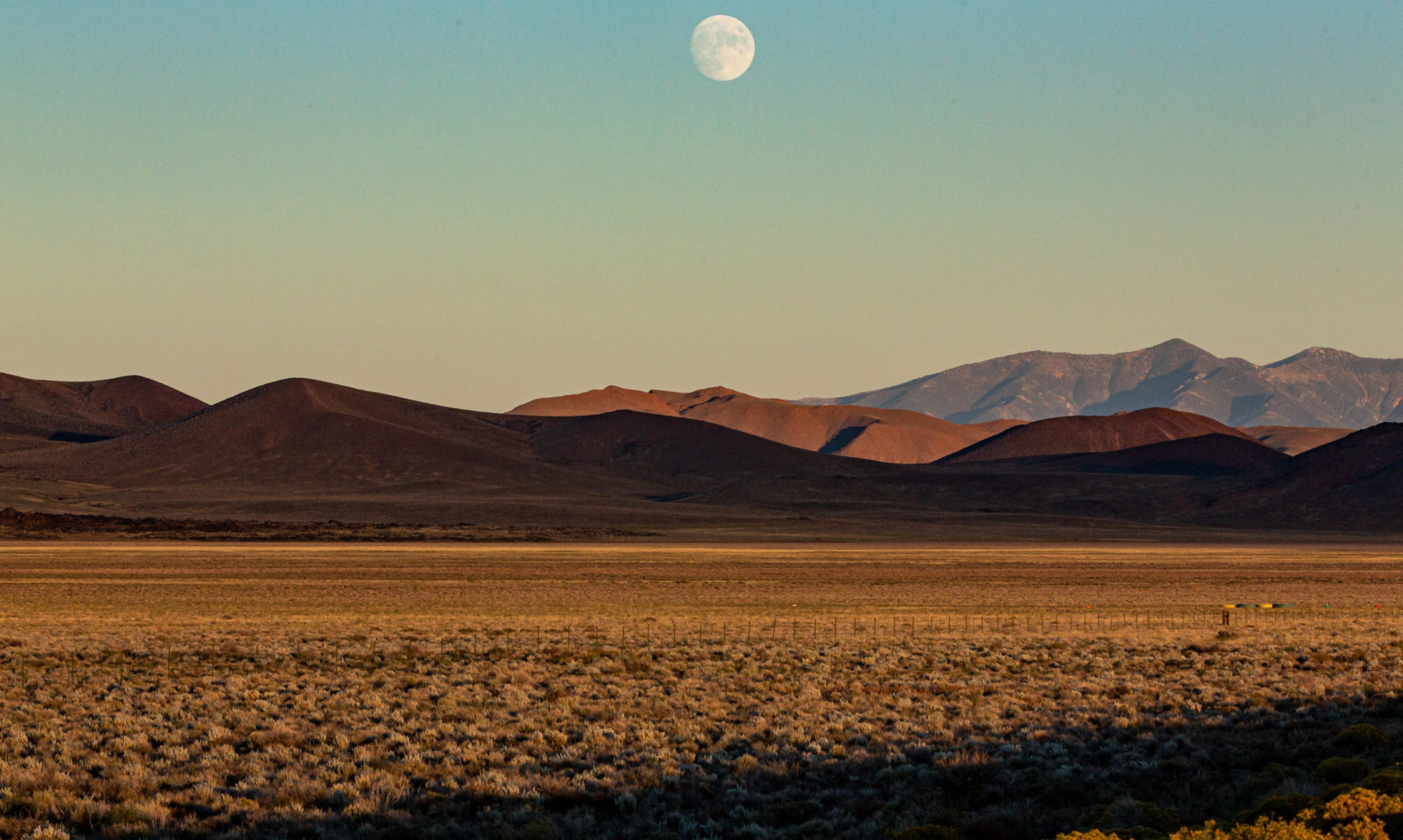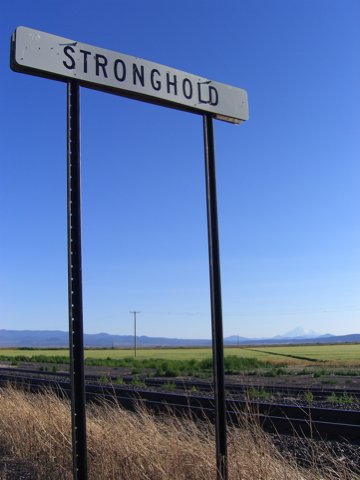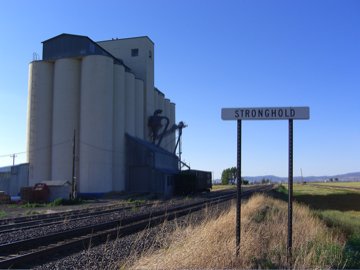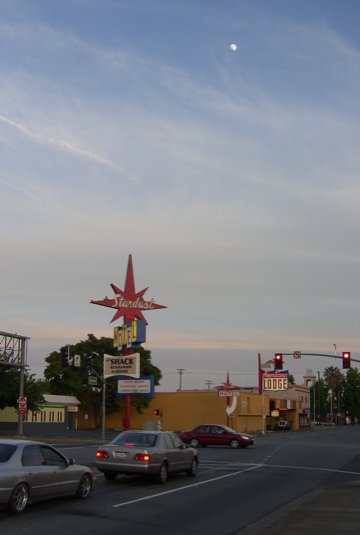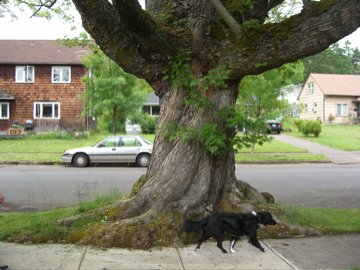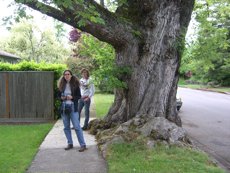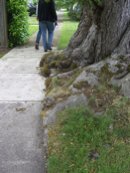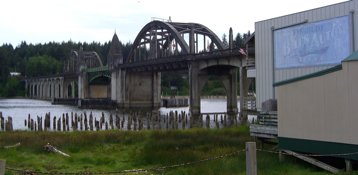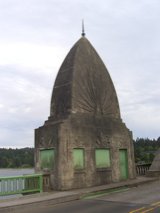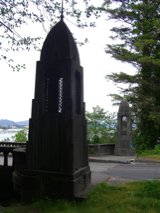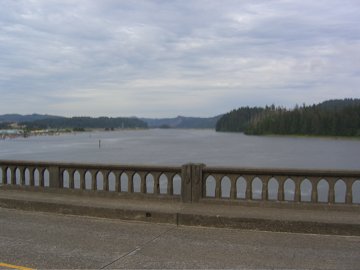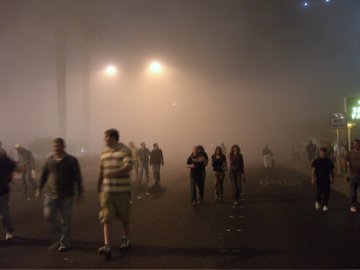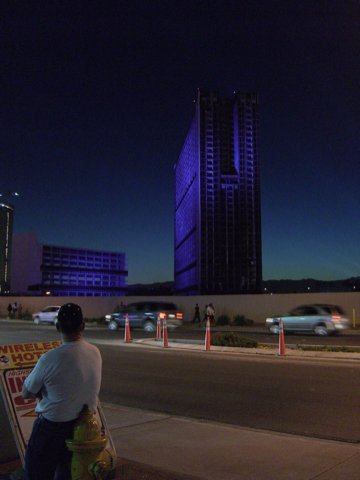General Custer: Should I go down there, or withdraw? Well? What’s your answer, muleskinner?
Jack Crabbe: General, you go down there. …
Custer: You’re saying, go into the coulee …?
Crabbe: Yes, sir.
Custer: There are no Indians there, I suppose?
Crabbe: I didn’t say that. There are thousands of Indians down there, and when they get done with you, there won’t be nothin’ left but a greasy spot.
–“Little Big Man” (1970)
Back in 1989 or so, my dad and I drove from Chicago out to the Little Bighorn battlefield. Interstate 90 runs within sight of the place, but we had taken a two-lane road, U.S. 212, up from Belle Fourche, South Dakota, northwest of Rapid City. We figured it would be a more interesting trip, and that route also passes close to Rosebud Creek, the site of a battle between U.S. troops and Indian warriors that took place about a week before the Little Bighorn. As I remember it, we drove around on a gravel road for an hour or so before concluding we had no idea where the Rosebud site might be.
Arriving at the Little Bighorn site on 212 is dramatic. You’re crossing a series of low, rolling hills and rather suddenly catch sight of pastures and planted fields in a relatively broad valley; the river is down there, and so is the Interstate. Crow Agency, Hardin and Billings lie to the north and west; to the south and east are Garryowen (named after the Custer’s regimental song), Lodge Grass and Sheridan, Wyoming. It is not heavily populated country.
Instead of driving down into the valley, you turn into the Little Bighorn Battlefield National Monument. There’s a rather spare visitor’s center and museum there (remember: information current as of first year of first Bush administration; as for today, I note that the National Park Service’s virtually useless Little Bighorn site includes two live webcams). What I’m sure makes the strongest impression on everyone who visits are the white marble slabs, like headstones, that mark the spot where each member of Custer’s force were believed to have fallen. If you know just the outline of the story, the landscape and those markers tell the rest pretty compellingly. (According to the National Parks Conservation Association, the white markers have been supplemented by red granite ones denoting where Indian warriors fell during the battle.)
